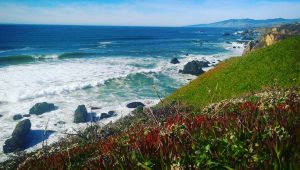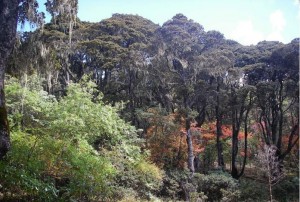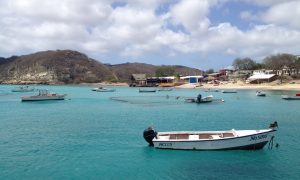 Assessing the effectiveness of conservation purchases
Assessing the effectiveness of conservation purchases
Influenced by a suite of socio-economic, geologic, and biophysical processes, dynamic coastal environments are among the most vulnerable regions to rapid land cover changes. Natural forces such as coastal erosion, wildfire, invasive species, and anthropogenic forces such as human-induced restoration or development, all play a key role in determining the health and function of coastal ecosystems. The dynamic land use changes happening in California are constantly shaping the landscape, not only converting the environment into a mosaic of different land cover types, but also having a significant impact on the stored carbon budget, on plant and animal communities, and on the ecosystem as a whole. Land conversions to residential and agricultural uses convert natural vegetation and eliminate and/or limit lands carbon (C) storage capacity.
In California, conservation measures such as purchasing land outright for conservation are used to prevent development and preserve stored aboveground carbon. However, since it is difficult to know what would have happened to the land in the absence of conservation interventions, the additional C protected by these programs remains unknown. We analyzed 73 coastal parcels acquired by the California State Coastal Conservancy (SCC) and developed counterfactual scenarios to highlight the impact of conservation actions. We designed a new methodology (which incorporates expert opinion and neighboring land conversion trends) which can effectively assess the impact of conservation purchases to prevent land conversion and associated C emissions.
 Protected Areas
Protected Areas
Protected areas are a cornerstone of global biodiversity conservation, but many are concerned that they are not functioning as envisioned. We have an established research program in assessing the effectiveness of protected areas, the timing of their establishment, and the impacts of protected area establishment on surrounding land use. In addition, we have developed techniques to optimally establish protected areas in dynamic feedback laden systems. Ongoing projects include researching the effectiveness of protected areas after political shocks in the former Soviet Union.
Coral bleaching vulnerability
Coral reef social-ecological systems worldwide face major impacts from climate change. In the Caribbean, coral bleaching events have increased in frequency, duration, and extent over the past two decades, with consequences for coral reef ecosystems and the human communities that depend on them for food and employment. With collaborators from the Sustainable Fisheries Group at UC Santa Barbara, Future Oceans Lab at the University of Vigo, and the Lester Lab at Florida State University, we have assessed the variation in social-ecological vulnerability to coral bleaching across the Caribbean.
